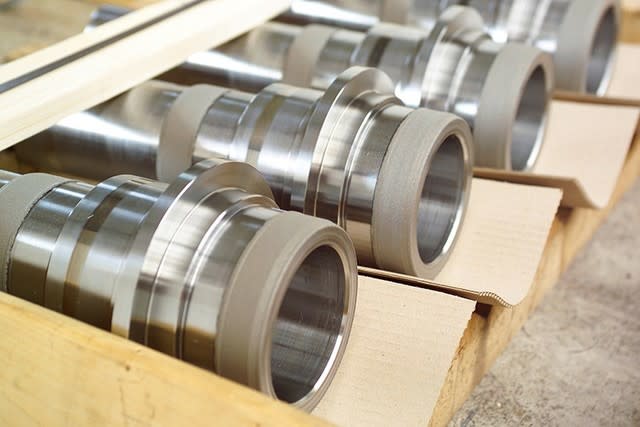Cerium oxide polishing powder is widely used in glass polishing. It has the advantages of strong cutting force, short polishing time, long service life and high polishing precision. According to the content of cerium oxide, cerium oxide polishing powder is divided into low cerium, cerium, cerium polishing powder, cutting power.
As cerium-based rare earth polishing powder has better chemical and physical properties, it has been widely used in the polishing of industrial products, such as various optical glass devices, television picture tubes, optical glasses, oscilloscopes, flat glass, Semiconductor chips and precision metal products such as polishing.
Cerium rare earth polishing powder, is mainly used for high-speed precision optical lens polishing. The excellent performance of the polishing powder, polishing is better, due to higher prices, the domestic use of less. The cerium-based rare earth polishing powder is mainly used for high-speed polishing of moderate precision medium and small spherical lenses of optical instruments. Compared with the high-cerium powder, the polishing powder can reduce the liquid concentration of the polishing powder by 11% and the polishing rate by 35% Finish can be improved by one degree, polishing powder life can be increased by 30%.

Low cerium-based rare earth polishing powder, is suitable for television picture tubes, eyeglasses and flat glass polishing. In addition, other polishing powders are used to polish optical instruments, video cameras, and camera lenses, and the like, with the largest amount of polishing powder.
The main components of cerium oxide polishing powder are cerium oxide (CeO2), followed by La2O3, Pr2O3, LaOF, and trace amounts of silicon oxide, aluminum oxide and calcium oxide.
As cerium-based rare earth polishing powder has better chemical and physical properties, it has been widely used in the polishing of industrial products, such as various optical glass devices, television picture tubes, optical glasses, oscilloscopes, flat glass, Semiconductor chips and precision metal products such as polishing.
Cerium rare earth polishing powder, is mainly used for high-speed precision optical lens polishing. The excellent performance of the polishing powder, polishing is better, due to higher prices, the domestic use of less. The cerium-based rare earth polishing powder is mainly used for high-speed polishing of moderate precision medium and small spherical lenses of optical instruments. Compared with the high-cerium powder, the polishing powder can reduce the liquid concentration of the polishing powder by 11% and the polishing rate by 35% Finish can be improved by one degree, polishing powder life can be increased by 30%.

Low cerium-based rare earth polishing powder, is suitable for television picture tubes, eyeglasses and flat glass polishing. In addition, other polishing powders are used to polish optical instruments, video cameras, and camera lenses, and the like, with the largest amount of polishing powder.
The main components of cerium oxide polishing powder are cerium oxide (CeO2), followed by La2O3, Pr2O3, LaOF, and trace amounts of silicon oxide, aluminum oxide and calcium oxide.
















